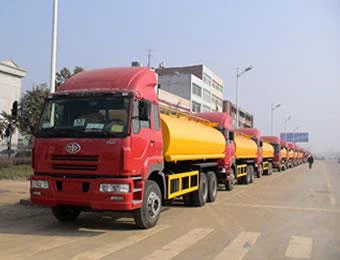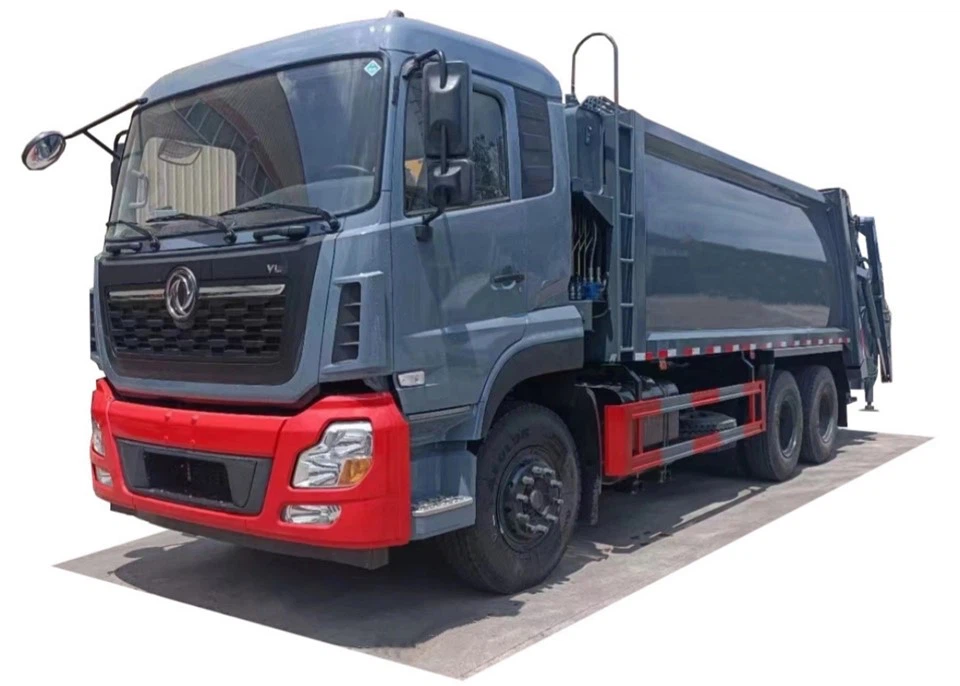Everything You Need to Know About Street Sweeper Vehicles

Street sweeper vehicles are a critical component of urban maintenance, serving to keep our streets clean and safe. This comprehensive guide will explore the various types, features, benefits, and future innovations of street sweeper vehicles, along with practical tips and frequently asked questions.
What Is a Street Sweeper Vehicle?
A street sweeper vehicle is a specialized machine designed to clean roads and streets by removing debris, dirt, and other unwanted materials. These vehicles play a vital role in maintaining public health, enhancing the aesthetic appeal of urban environments, and prolonging the lifespan of road infrastructure.
The History of Street Sweeper Vehicles
Early Innovations
Street cleaning dates back to ancient civilizations, where manual labor was employed to maintain city streets. The invention of the first mechanical street sweeper occurred in the late 19th century, revolutionizing urban cleaning methods.
Modern Advancements
With advancements in technology, today’s street sweepers have become more efficient, versatile, and environmentally friendly. The introduction of vacuum systems, GPS, and automated controls has further enhanced their performance.
Types of Street Sweeper Vehicles
Mechanical Broom Sweepers
Mechanical broom sweepers utilize rotating brushes to gather debris into a hopper for disposal. They are effective for removing larger items like leaves and litter.
Vacuum Sweepers
Vacuum sweepers are equipped with suction systems that pick up fine dust and small debris. They are commonly used in urban areas to maintain cleanliness and reduce airborne particles.
Regenerative Air Sweepers
This type combines the features of both mechanical broom and vacuum sweepers. It uses jets of air to loosen debris, followed by suction to collect the waste. Regenerative air sweepers are known for their efficiency and thorough cleaning capabilities.
Comparison Table of Street Sweeper Types
| Type | Cleaning Mechanism | Best For | Pros | Cons |
|---|---|---|---|---|
| Mechanical Broom | Rotating brushes | Large debris | Simple design, cost-effective | Less effective for fine dust |
| Vacuum | Suction system | Fine dust & small debris | Effective for air quality | Higher maintenance costs |
| Regenerative Air | Air jets & suction | General urban cleaning | Thorough cleaning | More complex technology |
Benefits of Using Street Sweeper Vehicles
Environmental Advantages
Street sweepers contribute to reducing air pollution by preventing dust and debris from becoming airborne. Regular street cleaning also minimizes the risk of flooding by clearing storm drains.
Public Health Improvement
By removing litter and organic waste, street sweepers help discourage pests and promote public hygiene. Clean streets contribute to reduced incidences of allergies and respiratory issues.
Aesthetic Enhancement
A well-maintained street contributes to the overall beauty of a community. This aesthetic improvement can increase property values and enhance the quality of life for residents.
Operational Features of Street Sweeper Vehicles
Fuel Types and Efficiency
Street sweepers can be powered by various fuel types, including diesel, gasoline, and electric. Electric models are gaining popularity due to their quieter operation and lower emissions.
Innovative Technologies
Modern street sweepers often come equipped with technology such as:
- GPS for route optimization
- Real-time monitoring systems
- Automated cleaning settings based on street conditions
Maintenance and Upkeep
Regular maintenance is crucial for ensuring the efficiency and longevity of street sweepers. Routine checks should include:
- Inspecting brushes and vacuum systems for wear
- Checking fluid levels and engine performance
- Cleaning filters and ensuring proper suction
Choosing the Right Street Sweeper Vehicle
Assessing Your Needs
Before purchasing or renting a street sweeper, assess factors like:
- The size of the area to clean
- The types of debris commonly found
- Your budget for purchase and maintenance
Rental Versus Purchase
For cities with occasional cleaning needs, renting a street sweeper may be more cost-effective. However, for those requiring regular use, investing in a vehicle may be a better long-term solution.
Case Studies of Successful Street Cleaning Initiatives
City of Chicago, Illinois
Chicago has implemented an advanced street cleaning program utilizing GPS-enabled street sweepers. This program has allowed the city to track cleaning schedules, optimize routes, and improve efficiency, resulting in cleaner streets and happier residents.
San Francisco, California
San Francisco uses electric street sweepers as part of its commitment to sustainability. These sweepers not only help maintain cleanliness but also reduce the city’s carbon footprint, showcasing a model for other urban areas to follow.

Tips for Effective Street Cleaning
Scheduling Regular Cleanings
Establishing a regular cleaning schedule based on seasonal needs can significantly enhance the effectiveness of street maintenance efforts.
Engaging Community Support
Community involvement can help maintain cleanliness. Initiatives like “clean-up days” can foster civic pride and enhance cooperation between residents and local authorities.
Utilizing Technology
Invest in GPS tracking and monitoring systems to optimize street cleaning routes, ensuring that all areas receive the attention they need while minimizing operational costs.
Future Innovations in Street Sweeper Vehicles
Electric and Autonomous Models
As the demand for eco-friendly solutions grows, more electric street sweepers are expected to enter the market. Additionally, autonomous street cleaners are in development, which would further reduce labor costs and operational inefficiencies.

Integration with Smart City Concepts
Future street sweepers may integrate with smart city technology, allowing them to communicate with other municipal services for enhanced operational efficiency and better resource management.
Frequently Asked Questions (FAQs)
1. How often should streets be swept?
Frequency depends on the area and its specific needs. Urban areas may require weekly cleaning, while rural or less-trafficked areas could benefit from monthly or seasonal sweeping.
2. What are the costs associated with street sweeping?
Costs can vary widely based on the type of sweeper, size of the area being cleaned, and operational expenses such as fuel and maintenance. Budgeting should include both initial investment and ongoing operational costs.
3. Are street sweepers environmentally friendly?
Many modern street sweepers are designed to minimize environmental impact, with options for electric models and systems that reduce dust emissions. Regular cleaning also protects local water bodies from pollution.
4. Can street sweepers operate in bad weather?
While street sweepers can operate in light rain, heavy rain, snow, and ice can hinder their performance. It’s essential to monitor weather conditions and adjust schedules accordingly.

5. What types of debris can street sweepers handle?
Street sweepers are effective at removing leaves, trash, dirt, and fine particles. However, they may not be suitable for larger items like furniture or large branches, which may require manual removal.
6. What maintenance is required for street sweepers?
Regular maintenance includes checking fluid levels, inspecting cleaning components like brushes and vacuum systems, and cleaning filters. Following manufacturer guidelines is crucial for optimal performance.
